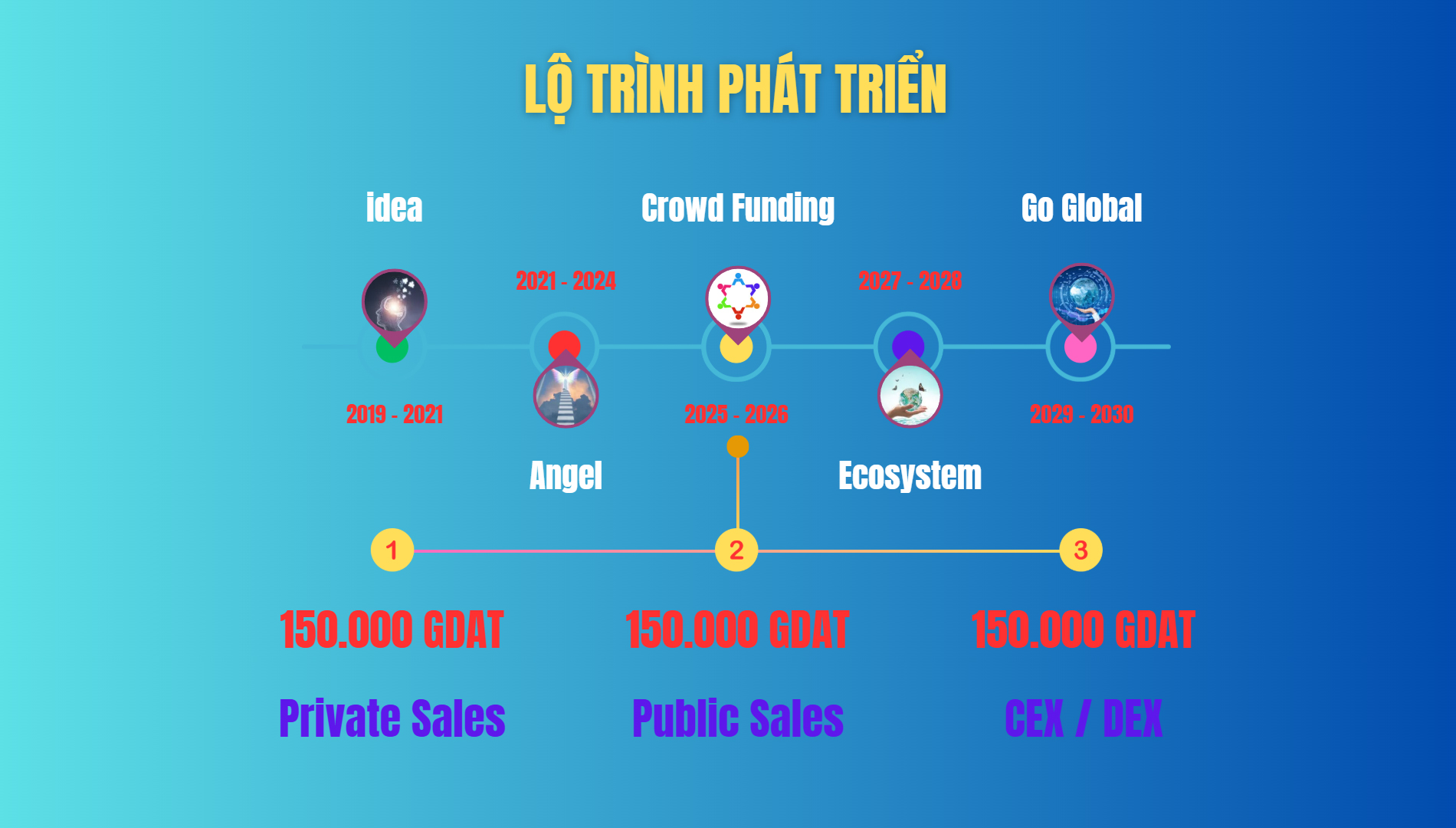TCVN 11041-2:2017 - Organic Agriculture: Crop Production (Summary)
This standard specifies the requirements for organic crop production and wild harvesting. It does not apply to hydroponic and aeroponic farming.
Main Principles of Organic Crop Production
-
Maintaining and Enhancing Soil Fertility: Use natural methods to improve soil fertility and structure, and prevent erosion.
-
Minimizing Non-renewable Resources: Limit the use of non-renewable resources and non-agricultural inputs.
-
Recycling Waste: Use plant and animal-derived waste and by-products as fertilizers.
-
Ecological Balance: Preserve and promote biodiversity in the production area.
-
Pest Prevention: Employ preventive measures for pest control such as selecting disease-resistant varieties, crop rotation, and protecting natural predators

(Image: VN Check traceability at Univers Farm Organics according to USDA Organic and EU Organic standards)
Organic agriculture is a topic of great interest to many consumers. To understand the specifics of the Organic Agriculture Practice Standard for Cultivation and Natural Harvesting, VN Check has an article introducing and summarizing the fundamental aspects of this national standard. The standard was issued in 2017 by the Ministry of Agriculture and Rural Development. The development process continually requires updates to aim at consumer protection. We will continuously update this standard and send notifications to everyone.
I - SPECIFIC REQUIREMENTS FOR ORGANIC FARMING PRACTICES
1 - Production Area
- Must be demarcated with buffer zones or physical barriers separating it from non-organic production areas.
- Protect organic production areas from pollution from water sources and refrain from using crops in buffer zones for organic products.
2 - Conversion to Organic Production
- Conversion phase: at least 12 months for annual crops and 18 months for perennial crops.
- The conversion phase may be extended or shortened depending on risk assessment and related evidence.
3 - Maintenance of Organic Production
- In accordance with the requirements of TCVN 11041-1:2017.
4 - Parallel Production and Separate Production
- According to the requirements of TCVN 11041-1:2017.
5 - Ecosystem Management and Biodiversity
- Avoid activities that negatively impact conservation areas.
- Enhance biodiversity through crop rotation, intercropping, and ground cover planting.
6 - Selection of Plant Species and Varieties
- Do not use genetically modified crop varieties.
- Prioritize organic varieties, local varieties, and varieties not treated with chemicals.
7 - Soil Management
- Maintain soil fertility and biological activity through biological and physical methods.
- Use substances specified in Appendix A when necessary.
8 - Water Management
- Use water efficiently, avoid waste and pollution.
9 - Fertilizer Management
- Only use fertilizers and soil stabilizers of natural origin as specified in Appendix A.
10 - Pest Management
- Apply biological, physical, and mechanical methods to prevent and control pests.
- Use substances specified in Appendix A when necessary.
11 - Pollution Control
- Clean equipment thoroughly before use in organic production.
- Use environmentally friendly ground cover materials and ensure proper disposal of other materials.
12 - Natural Harvesting
- Demarcate specific areas for natural harvesting and avoid the use of prohibited substances.
- Harvesting should not disrupt natural habitats.
13 - Inappropriate Technologies
- According to the requirements of TCVN 11041-1:2017.
14 - Allowed Substances for Organic Farming
- Only use substances specified in Appendix A when truly necessary.
15 - Organic Production Plan
- According to the requirements of TCVN 11041-1:2017.
16 - Record Keeping, Documentation, Traceability, and Product Recall
- According to the requirements of TCVN 11041-1:2017.
II - Natural Harvesting
1 - Harvesting Area: Must be clearly defined and separated from polluted areas.
2 - Harvesting Conditions: Do not use prohibited substances within 36 months before harvesting, and do not disturb the natural environment.
III - Allowed Substances for Use
The list of substances allowed for use in organic farming includes fertilizers and soil stabilizers sourced from animals, plants, and natural minerals, under specific conditions.
This standard aims to protect the environment, maintain ecological balance, and produce safe and sustainable agricultural products. For effective organic farming, please contact our experts at HOTLINE 024 6258 6258 for assistance.












.jpg)

